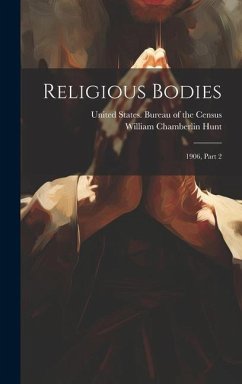
Modern Architecture and Religious Communities, 1850-1970
Building the Kingdom
Herausgeber: Jordan, Kate; Lepine, Ayla
Versandkostenfrei!
Versandfertig in 1-2 Wochen
55,99 €
inkl. MwSt.
Weitere Ausgaben:

PAYBACK Punkte
28 °P sammeln!
Social groups formed around shared religious beliefs encountered significant change and challenges between the 1860s and the 1970s.¿This book¿is the first collection of essays of its kind to take a broad, thematically-driven case study approach to this genre of architecture and its associated visual culture and communal experience. Examples range from Nuns' holy spaces celebrating the life of St Theresa of Lisieux to utopian American desert communities and their reliance on the philosophy of Teilhard de Chardin. Modern religious architecture converses with a broad spectrum of social, anthrop...
Social groups formed around shared religious beliefs encountered significant change and challenges between the 1860s and the 1970s.¿This book¿is the first collection of essays of its kind to take a broad, thematically-driven case study approach to this genre of architecture and its associated visual culture and communal experience. Examples range from Nuns' holy spaces celebrating the life of St Theresa of Lisieux to utopian American desert communities and their reliance on the philosophy of Teilhard de Chardin. Modern religious architecture converses with a broad spectrum of social, anthropological, cultural and theological discourses and the authors engage with them rigorously and innovatively. As such, new readings of sacred spaces offer new angles and perspectives on some of the dominant narratives of the nineteenth, twentieth and twenty-first centuries: empire, urban expansion, pluralism and modernity. In a post-traditional landscape, religious architecture suggests expansive ways of exploring themes including nostalgia and revivalism; engineering and technological innovation; prayer and spiritual experimentation; and the beauty of holiness for a brave new world. Shaped by the tensions and anxieties of the modern era and powerfully expressed in the space and material culture of faith, the architecture presented here creates a set of new turning points in the history of the built environment.














